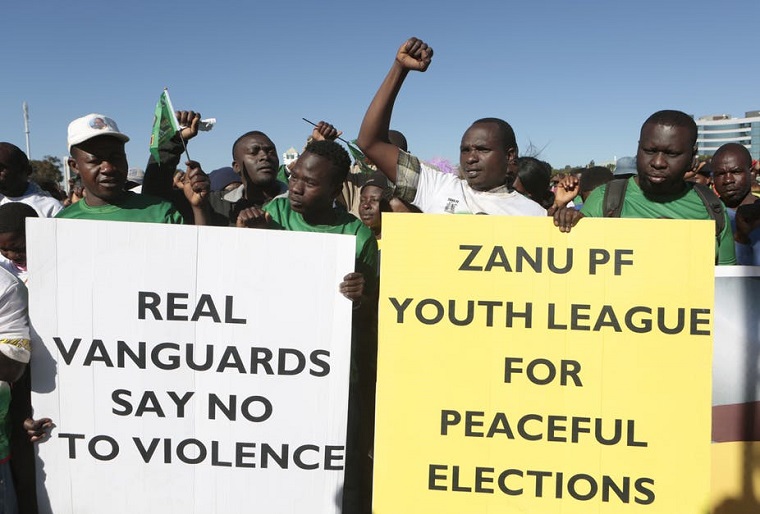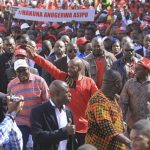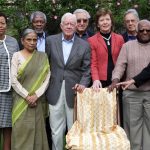ZAPU, which replaced the NDP after it was banned, went to great lengths to beat ZANU into submission. The houses of Mugabe and Ndabaningi Sithole, the top leaders in ZANU, were stoned after the new party was launched.
As other African nations became independent and Zimbabwe remained under minority rule, frustration mounted. This led to a determination to achieve majority rule by any means. A culture of political violence became institutionalised.
Assaults on the media were particularly prominent under white minority rule following the unilateral declaration of independence in 1965. Censors redacted broad swathes of news stories, littering papers with blank pages.
This overt censorship was but a new manifestation of a repressive media heritage.
Political papers of Roy Welensky, the second Prime Minister of the Federation to which Southern Rhodesia belonged from 1953 – 1963, reveal the invidious nature of attempts to control the press.
His government covertly worked with journalists and editors to produce articles critical of the white opposition in newspapers that were nominally independent. He also consulted with the white publishers of newspapers geared toward a black audience about ways to promote his government.
The Central African Examiner, a news magazine that was theoretically independent and had links with The Economist, changed editors in the middle of the 1958 elections. The new editor, David Cole, was Welensky’s public relations adviser.
In 1961 the government considered blocking the sale of the colony’s newspaper titles catering to a predominantly black audience to the Thomson Newspaper Group. The concern was that it would be difficult to influence the editorial policy of papers with foreign ownership.
Meanwhile, newspapers geared toward a predominantly white audience and owned by the South African based Argus Press were not seen as posing a threat.
The sale went ahead. But in August 1964 both the African Daily News (which had a pro-ZAPU bias) and ZANU were banned.
ZANU learnt the importance of media control in its early years. Once in power it exerted its own influence. Forty years after ZANU and the African Daily News were proscribed, ZANU-PF replicated the tactics when it banned a newspaper, also known as the Daily News amid a media clampdown.
While President Emmerson Mnangagwa has backtracked from Mugabe’s more confrontational rhetoric, his political career is nearly as long as his predecessor’s. His political upbringing was profoundly shaped by the repressive measures the nationalists endured and took up in the 1960s to dismantle the unjust system that governed them.
ZANU-PF’s assaults on the media and penchant for violence are reflective of similar tactics that were used against the party during the colonial era. And they have been critical to its ability to obtain and retain power for 37 years.
Will Zimbabwe be able to turn the corner and move toward a more equitable election campaign in which the historic trajectory of media repression and political violence is fundamentally altered? If the answer is yes, Mnangagwa will have made a significant stride in truly ushering in a “new dispensation”.
By Brooks Marmon for The Conversation
(182 VIEWS)


